Art collectors Mera and Don Rubell opened their long-anticipated contemporary art museum, the Rubell Museum DC, in the southwest of Washington, D.C. at the end of October 2022. It is the museum's second location, following the opening of the Rubell Family Collection in Miami in 1993.
The DC venue is free to residents of Washington. It features 32,000 square feet of gallery space in twelve galleries as well as a terrace, a bookstore, and an impressive food and beverage offering. The new museum is the result of a $20 million renovation and was over a decade in the making.
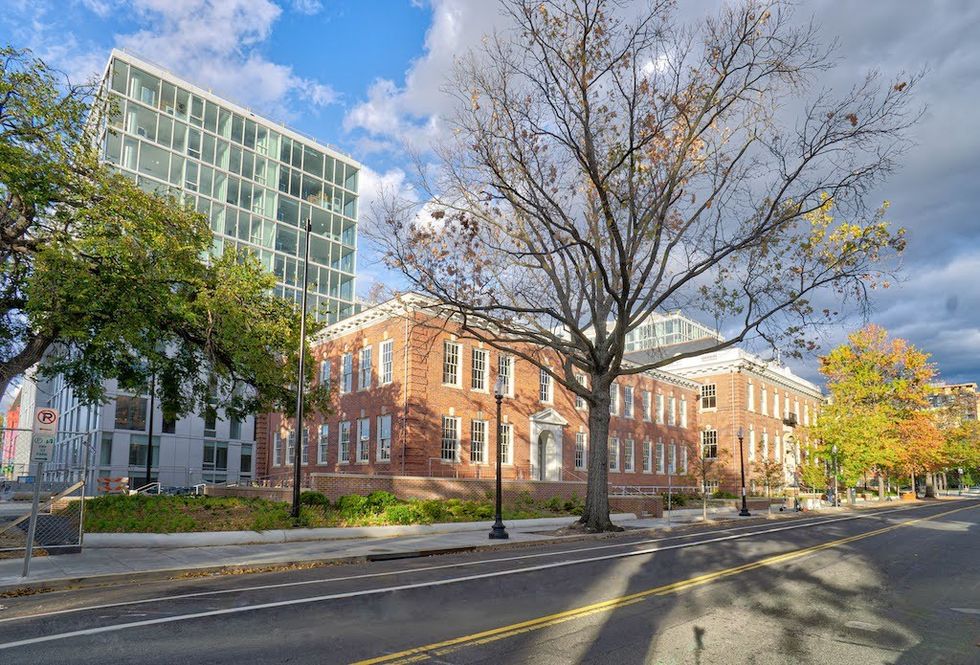
The Rubells acquired the historic Randall Junior High School site for $6.5 million from the Corcoran College of Art and Design in 2010, and have transformed the buildings into gallery spaces showcasing nearly 200 pieces from their impressive collection.
The couple, a former teacher and a former physician, have collected around 7,400 works by over 1,000 artists over the past 50 years. They have supported many artists early in their careers who have subsequently gone on to achieve great success. This includes such names as Cecily Brown, Jean-Michel Basquiat and Jeff Koons.
Caitlin Berry was appointed as the inaugural director of the Rubell Museum DC. She speaks to blooloop about the museum's journey so far and what visitors can expect from the new space.
Caitlin Berry
Caitlin Berry previously served as director of the Cody Gallery at Marymount University in Arlington, VA. Berry works closely with the Rubells and with Juan Valadez, director of the Rubell in Miami, to realise the vision for sharing their extensive collection of contemporary art. She is responsible for engaging the greater DC community, developing public programming, and overseeing the operations and staff of the museum
A champion of local artists, Berry curated the 2019 and co-curated the 2020 editions of Art Night, an annual exhibition and fundraiser to support the Washington Project for the Arts (WPA). She serves on the board of Tephra Institute of Contemporary Art in Reston, VA, and is a member of the Washington, DC Chapter of ArtTable. She holds a Post Baccalaureate in Gallery Management, and a B.A. in Communication and Art History from Wake Forest University in Winston-Salem, North Carolina.
Her areas of focus include the Washington Color School, Mid-Century African American, and contemporary art. She has served as an independent contemporary art advisor to various private and public collections. Berry also held the role of director at Hemphill Fine Arts.
At the Cody Gallery, she has curated exhibitions including Nekisha Durrett: Magnolia, Dave Eassa: People and Places You Don’t Know How to Know, and co-curated Jennie Lea Knight: Women of Jefferson Place, alongside John Anderson and Meaghan Kent. Independently, she curated Eric Uhlir: Before, After and In Between, and J oseph Shetler: Pursuit of Nothing at Culture House DC.
The Rubell Museum comes to DC
The Rubells have exhibited their collection in art spaces around the world. They are well known in Miami’s cultural landscape, though their name is less familiar in D.C.’s densely populated art scene, which boasts such venues as the National Gallery of Art, the Phillips Collection, university galleries, and the Smithsonian’s offerings.
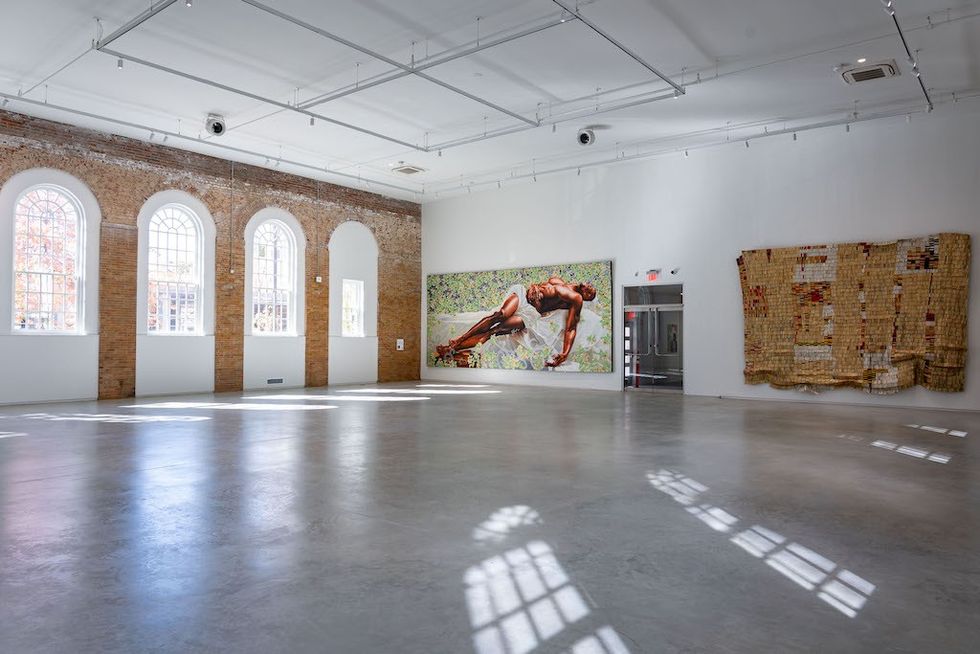
“The DC art community is incredibly special and unique,” Berry tells blooloop:
“I've had the great privilege of working in art communities in New York and now in Washington for a little over 10 years. By having the opportunity to work in different capacities with commercial entities, nonprofit entities, and different boards, I've seen how special this place is and what need this museum fills.”
A welcoming space
She illuminates this:
“It's interesting; when I moved here 10 years ago, the landscape was quite different from New York. It's incredibly institutionally strong: the best museums in the country, and some of the best in the world exist here. The commercial scene is quite a bit smaller and very different. But I think there's this disconnect between the local arts scene and institutions that is slowly changing."
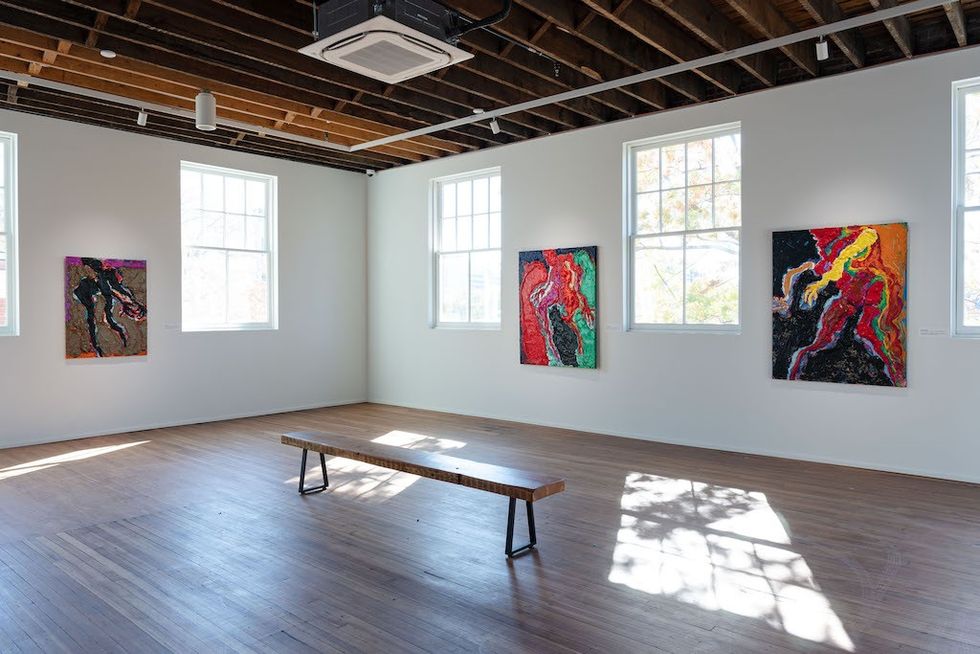
"We appear on the scene as this contemporary museum that can focus on what's happening internationally in terms of the quality and calibre of the artists in the collection. For the Rubells, there is no locale too far flung for them to seek out the best artists of our time. So, to be able to bring those visionary artists to Washington, to engage in dialogue with our local communities and the international communities that are coming here to visit - that's really a privilege.
"Being welcoming is something that the Rubell Museum DC really aims for on a day-to-day basis with our visitors.”
Connecting with local artists
Berry identifies a universal spirit of collaboration that characterises the locale:
“Among the big institutions, the Smithsonians, the nonprofit organisations, the galleries, our peer institutions, you see this ‘all boats rise with the tide’ attitude. We certainly feel the same way.”
Additionally:
“Washington has gone through these ebbs and flows in terms of the vitality of the art scene. We're in a flow period of time now, so galleries are opening. Todd von Ammon opened his gallery in Georgetown a few years ago; Chela Mitchell, just opened her gallery in Union Market. We are seeing these really intrepid, visionary young gallerists showing artists who are based in this area: the Mid-Atlantic region. Institutions are able to respond to and help support that.”
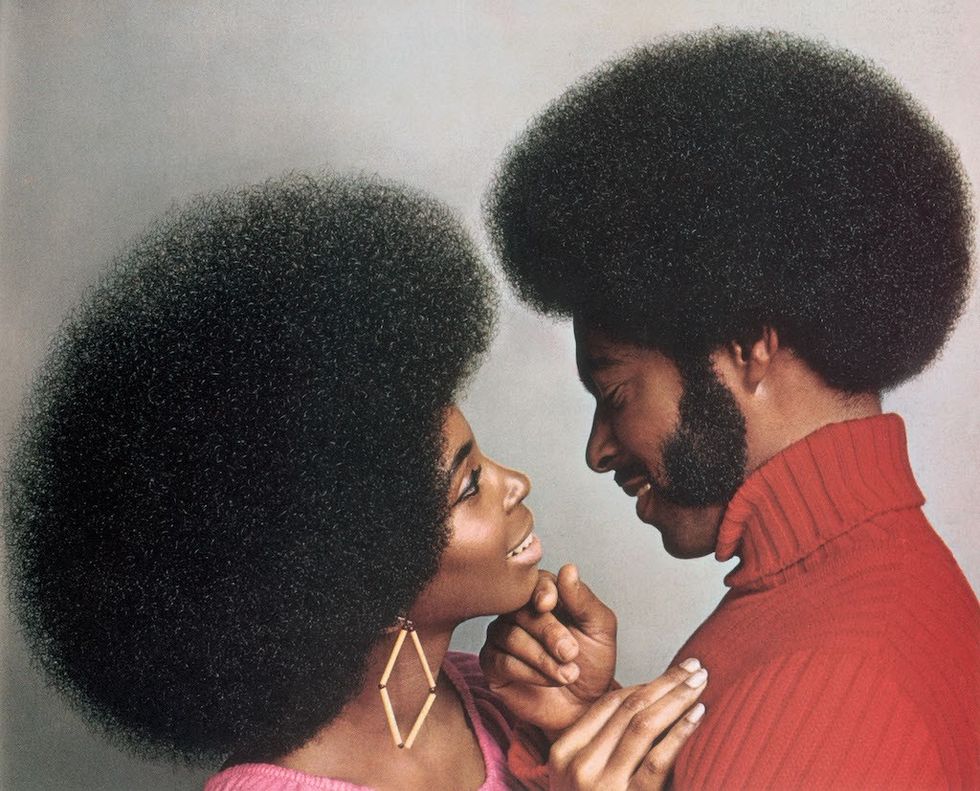
She gives an example:
“Recently, we hosted a program that was part of the For Freedoms artists’ collaborative initiative. Hank Willis Thomas, of course, is one of the founding artists of For Freedoms. His work is also on view in the museum right now and represented in the Rubell Collection. This was an opportunity for Hank to bring in another For Freedoms artist named Nekisha Durrett.”
Programming at the Rubell Museum DC
Berry has a long history of working with Durrett:
“Nekisha Durrett is a fantastic multidisciplinary artist based here in Washington,” she comments. “She has just worked on a major public monument that was opening in Metropolitan Park over in Arlington, Virginia. This honours the historically Black community that was displaced by the government to build the Pentagon.”
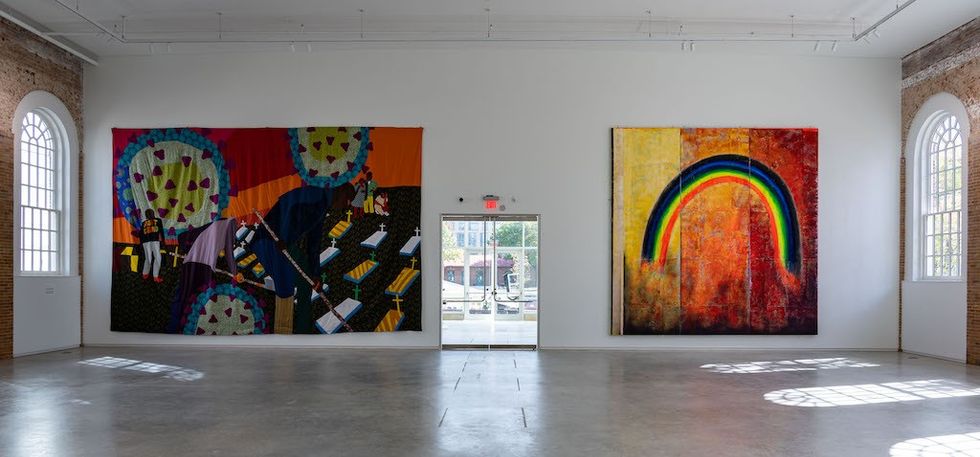
Durrett’s monumental sculpture, titled Queen City, stands less than a mile from the Pentagon and is part of the larger Metropolitan Park redevelopment project. The artwork invites the public to relearn the erased history of a community destroyed by the construction of the Pentagon.
Berry explains:
“We hosted Hank Willis Thomas interviewing Nekisha, and also one of the original residents of this community, who is, I believe, 93. We were blown away; 250 people from the local community came to hear this talk to support Nekisha. People came in from all across the country. It was a beautiful moment - to be able to create this energy in the museum between internationally acclaimed artists, and artists in the community. It was also free and open to the public.
"Those kinds of programmes are something that we certainly want to do more of.”
In Retrospect
Commenting on the current programming for the Rubell Museum DC, as well as the programming that she envisages for the future, Berry says:
“We have just started a series called In Retrospect, which has been one of my favourite series so far. We invite a graduate of Randall Junior High School, the building in which we're housed, to come back to the museum, select a work of art that really speaks to them, and then talk about their experience at the school, and what Washington was like during their time in junior high school, in the framework of the artwork that they've selected."
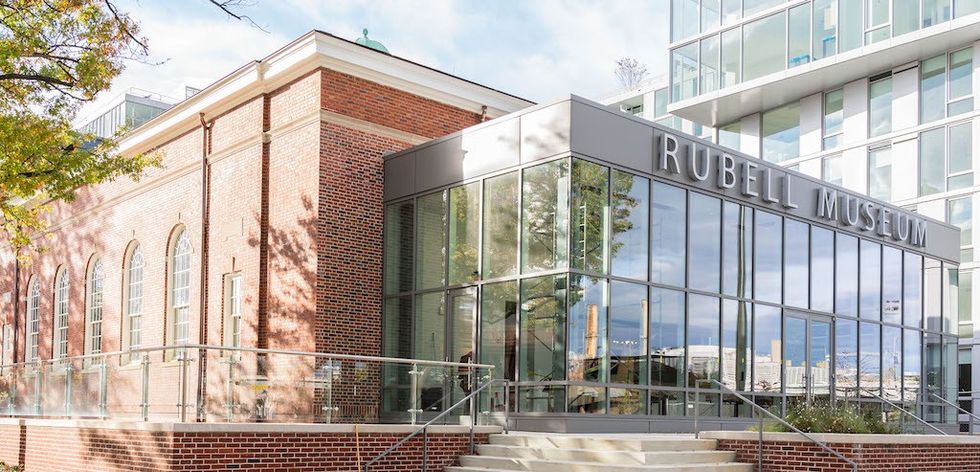
"Recently, we had a gentleman who graduated in 1972 named Larry Robertson. He came and gave a great overview of what was happening in Washington when he was here. Of course, 1968 to the early seventies in DC was an incredible, history-making time. He had a paper route for the Washington Post and delivered the paper the morning the Watergate story broke. This was all happening while he was in junior high school here.
"The work that he selected to respond to was Unbranded: Reflections in Black by Corporate America.”
Events for the local community at the Rubell Museum DC
The work in question is a conceptual piece by Hank Willis Thomas exploring fifty years of advertising targeted towards African-Americans—from the heightened unrest of 1968 that culminated in the assassination of Martin Luther King Jr., until the inauguration of the first Black president in 2008. Thomas strips the advertisements of all text and slogans, making their imagery more impactful and weighted. Berry comments:
“Hank has taken artworks from Essence and Jet magazines from 1968, when Martin Luther King Jr. was assassinated, all the way forward to 2008 when Barack Obama was inaugurated. These images are so evocative of that time and speak to what Mr Robertson was experiencing while he was in school here. That was a great programme."
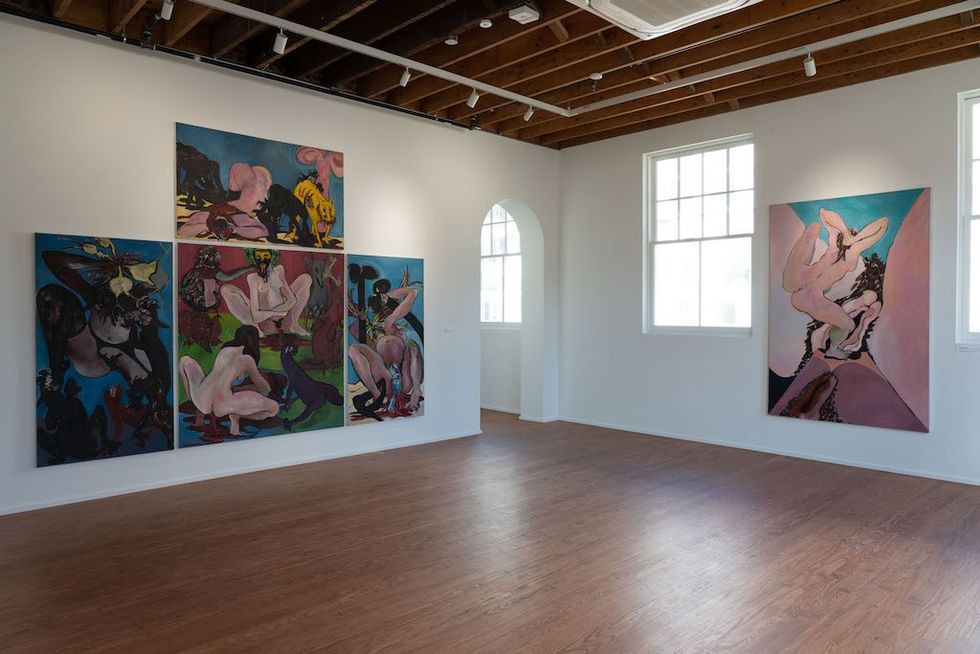
"We are also hosting a programme for the DC Public Library that is part of their Discover Summer series. So we have families coming, activities, a mobile library will be parked outside of the museum, and we'll do story time with a title that's by one of the artists that we have on view in the museum. It has this great energy. We want to bring in the local community, honour the history of the museum and the building that we're so lucky to reside in and do more artist talks, as well.
"I think there's something for everybody, programmatically and exhibition-wise in the Rubell Museum DC. You'll certainly see more of that through the rest of the year.”
Widening participation
The institution is striving to reach beyond the usual art museum visitorship. It focuses on both drawing the community into the museum and bringing the museum into the community:
“We’re not on the National Mall; we're within the Southwest neighbourhood. We're free for DC residents, which removes a barrier. People can wake up on a Sunday morning, come in, grab a cup of coffee in our lobby, and then they are able to spend their morning here, feeling like we're part of the neighbourhood. That is special for us.”
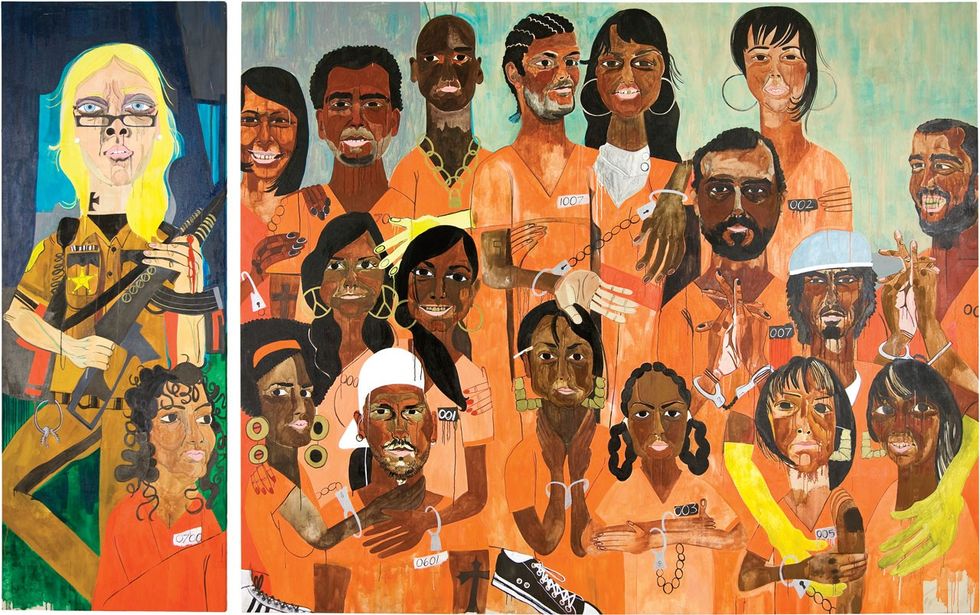
The Rubells, Berry says, are phenomenally dynamic:
“They have so much energy, they're so engaged. They have an encyclopaedic knowledge of contemporary art. And they have an incomparable insight into movements across time since the mid-sixties. They have been very interested in collecting the best work of their moment. That has carried forward in time to 2023.
"What is really great is that when people come to the museum, they're seeing contemporary art that is dated from as early as the late sixties all the way to 2022. So, we have this incredible ability to be agile and respond to the moment. Our inaugural exhibition at the Rubell Museum DC is reflective of what has been happening over these past few years. But the amazing thing is that the work that the Rubells were collecting, even a few decades ago, is still topical today.”
The Rubell's collection & support
Issues, she contends, tend to be cyclical. In addition to this:
“The Rubells have an almost prophetic ability to identify talent very early on. Many of the artists that they were collecting originally have gone on to become some of the most iconic and influential artists of our time.”
Examples are such household names as Keith Herring, Cindy Sherman, and Jean-Michel Basquiat:
“It’s incredible,” Berry says. “And they're continuing to do that today. Their support of artists early on can make such a huge difference.”
Such support is evident through schemes such as the Artist in Residence programme in Miami:
“It has become a very highly sought-after programme. Incredible artists such as Oscar Murillo, Amoako Boafo, and Sonia Gomes were given the time, space and resources to work through the residency. And they have flourished as a result.”
In short:
“The Rubells are an incredibly special multi-generational family. When we opened, their 10-year-old grandson, Max was giving tours of the museum. It’s incredible to see this great enthusiasm for their life's work, and the dialogue that can take place intergenerationally.
"Funnily enough, we see it reflected in our visitors. There are people who bring their brand-new babies to the museum to get them started with contemporary art. Then we also see people all the way up to their nineties. It's such a gift.”
Creating the Rubell Museum DC
The Rubell Museum in DC has now been open for a year. Speaking about the process of creating the new space, Berry says:
"It took the love, devotion and expertise of many talented people to bring this to life. The building was purchased in 2010, and it has taken more than a decade to properly develop plans for its historic preservation. It was originally built in 1906 and then expanded in 1927. So, there was quite a bit of history and wear and tear on the building."
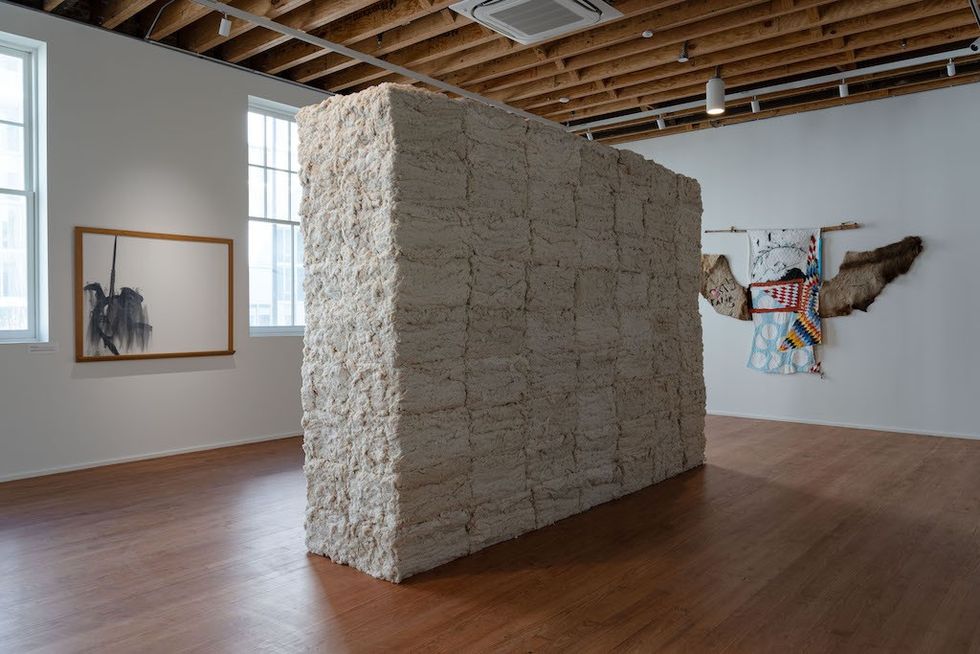
"We worked with the wonderful architecture firm Beyer Blinder Belle and Hany Hassan, the lead architect, along with historic preservationists to bring this to life. What we didn't want to do was completely transform the interior of the building to the extent that its history would become unrecognisable.
"We wanted to allow those beautiful architectural details to sing and to be in conversation with the artwork.”
Working with the community
The project retained many of the original features:
“When you come to the Rubell Museum DC, you see the original brickwork and the original white oak flooring. The ceiling beams are original growth Southern pine, which is now a totally extinct tree.”
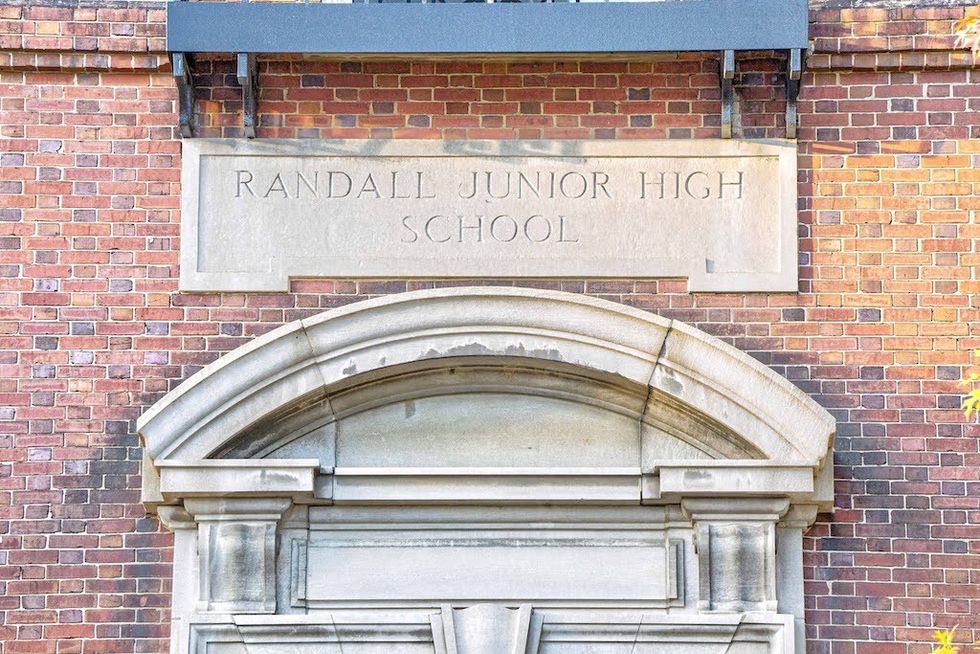
The team had to remove a few ceiling beams as part of the restoration process. These have been reclaimed and repurposed as gallery benches for people to enjoy. Berry says:
“The conversation between the art, the architecture, and the textures of all of the materials is really something special. It was a labour of love. Everybody was very purposeful; everything was done with intention.
"Early on in the process, the Rubell family brought in the Neighbourhood Association, the ANC (Advisory Neighborhood Commission), and the SWBID (The Southwest Business Improvement District). This community really had a hand in helping us figure out the right way to do this.
"The warmth with which we have been received has been extraordinary. It's a testament to the love for this building and for this project.”
Top image: Rubell Museum DC facade, photo credit Chi Lam


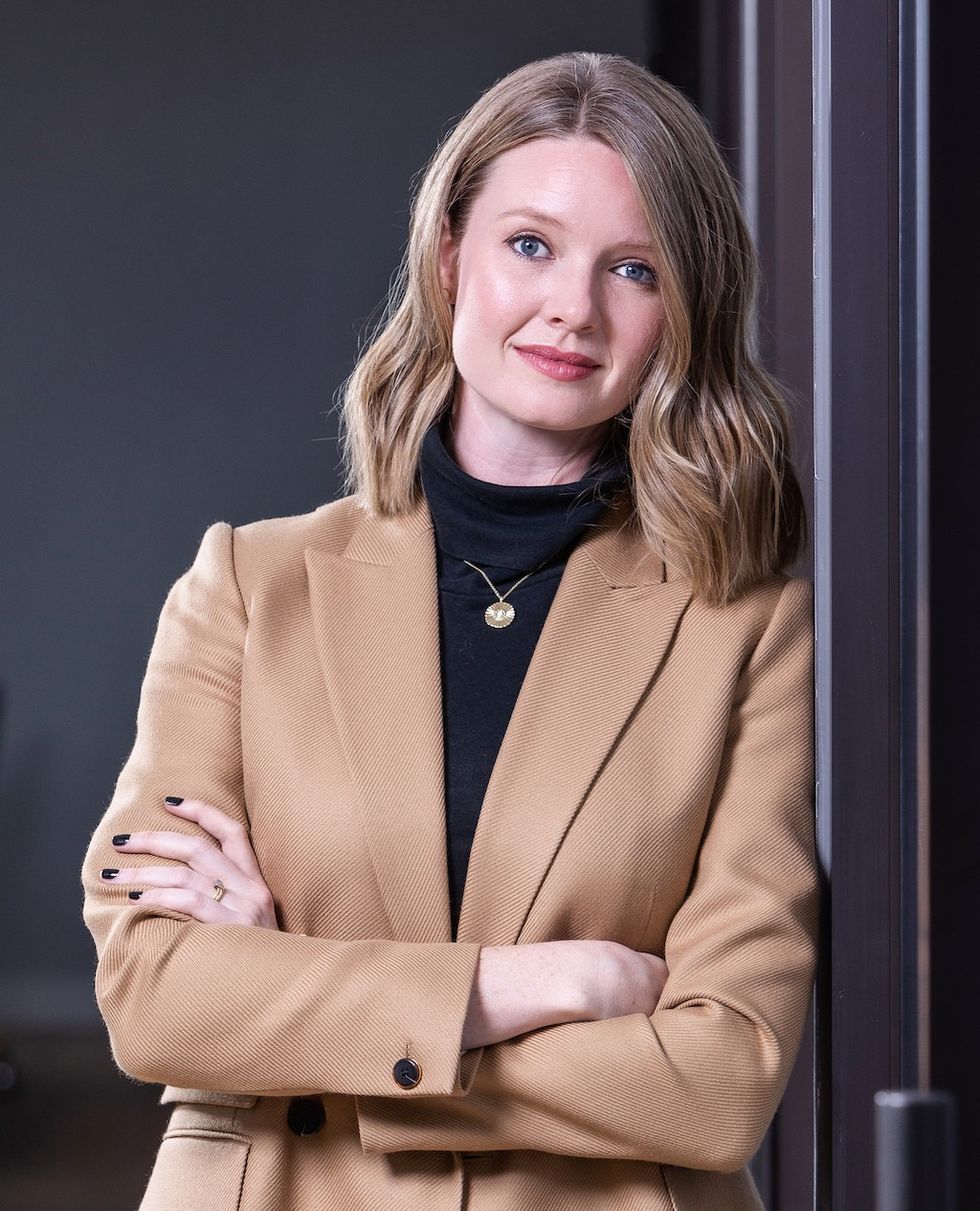
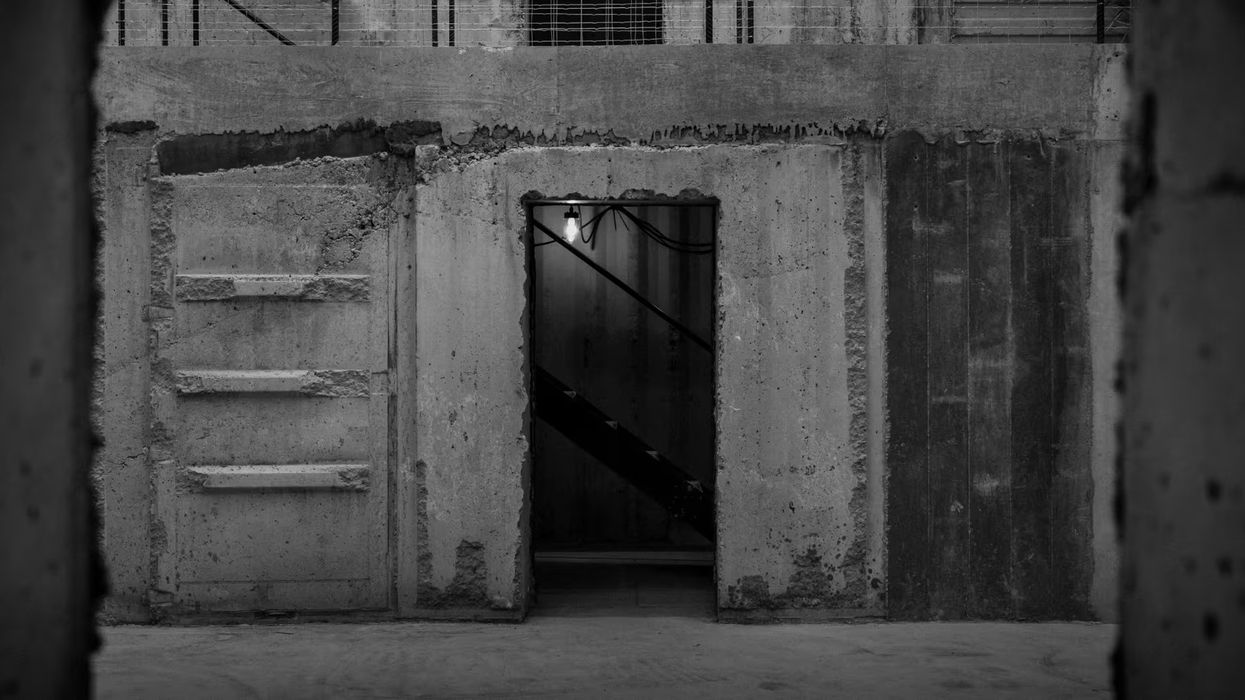



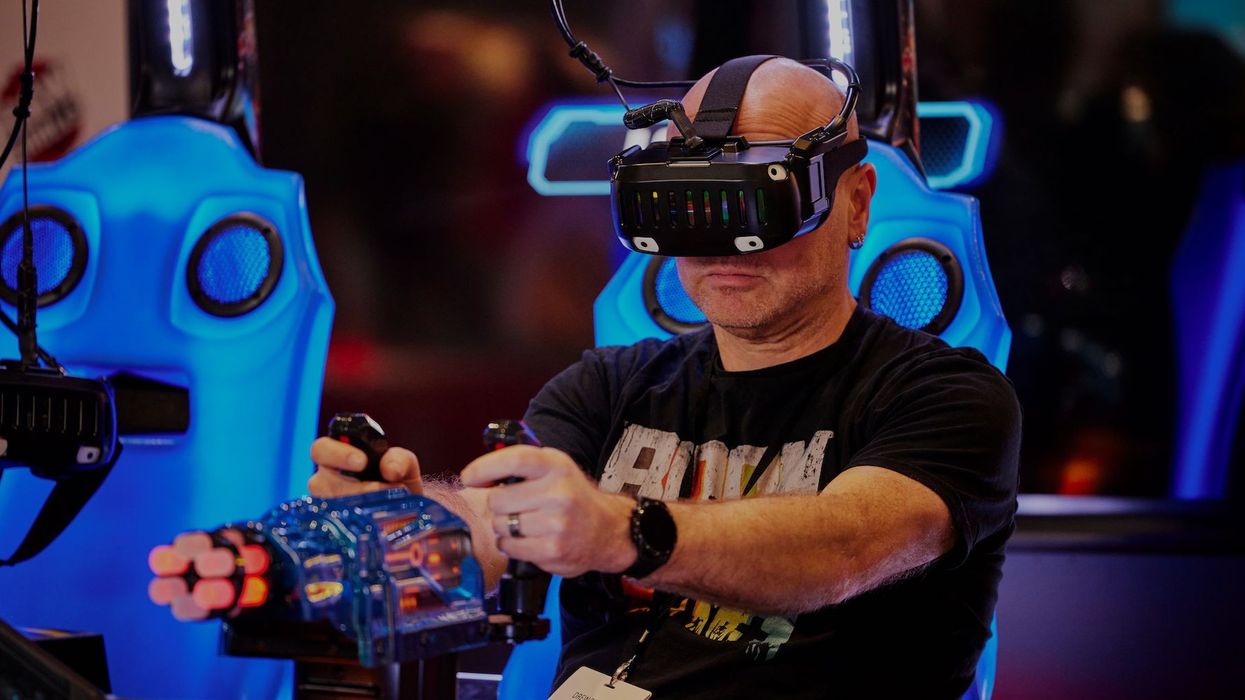

 Matt Eley and Sharon Dickinson
Matt Eley and Sharon Dickinson
 EAG Expo 2025
EAG Expo 2025
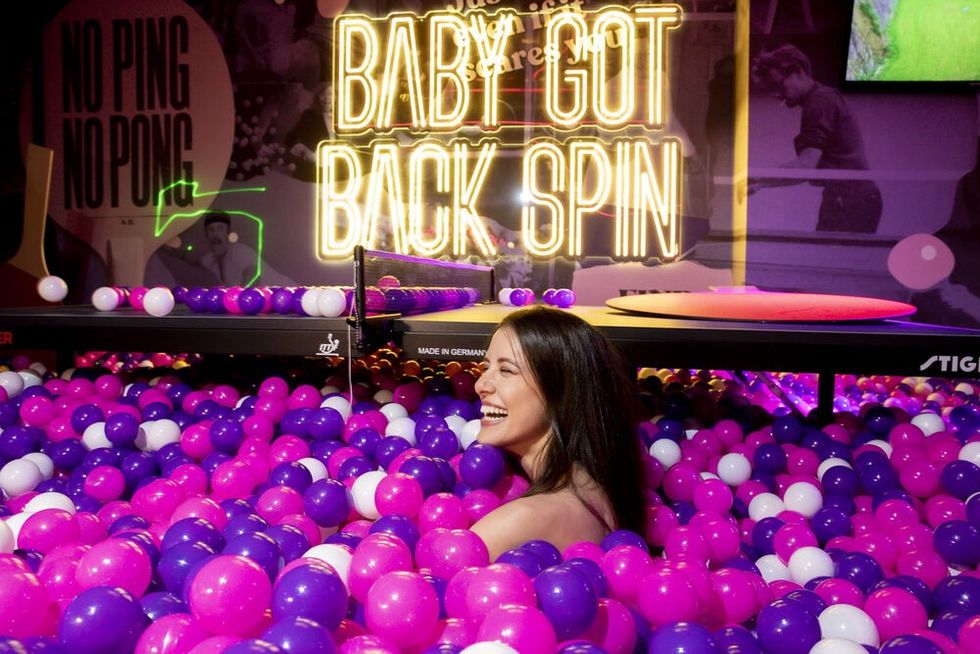 Ballers Clubhouse Carlton
Ballers Clubhouse Carlton 


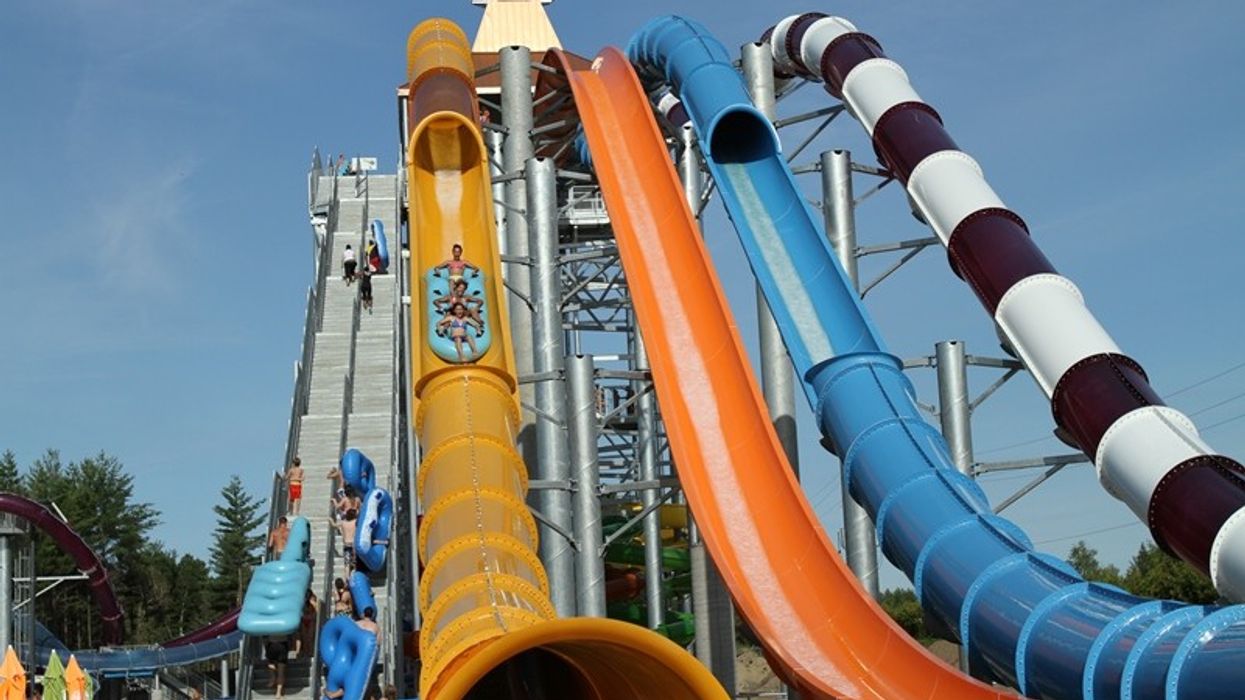
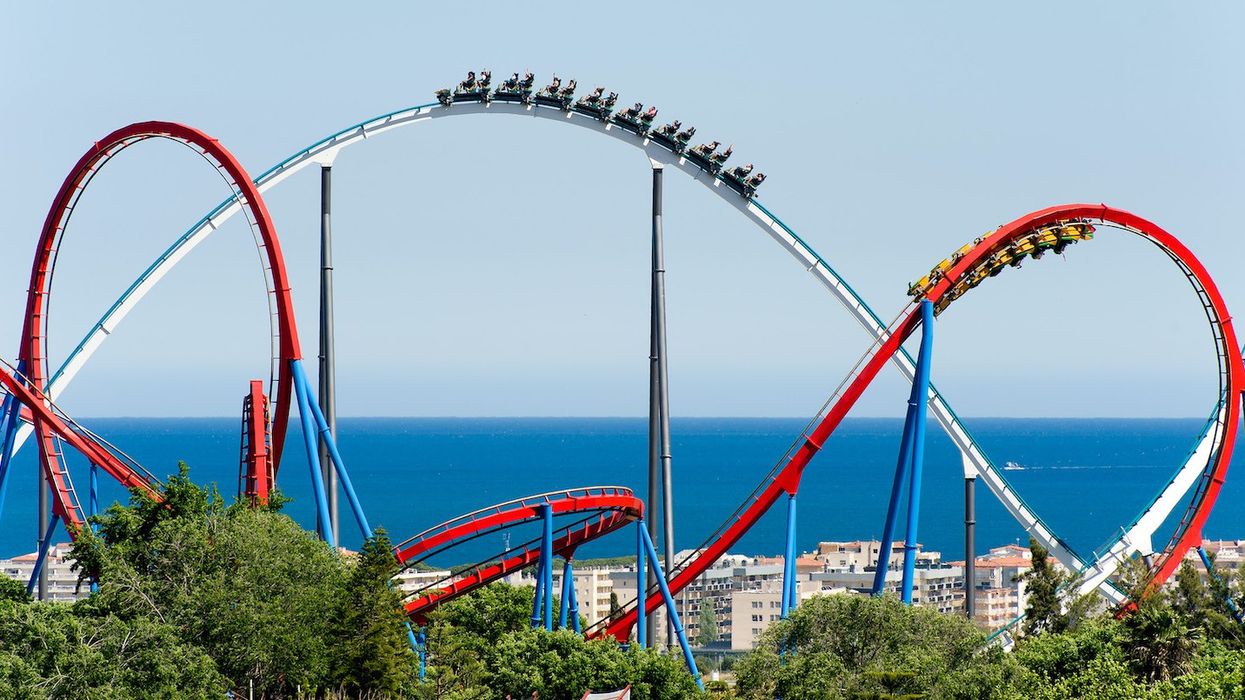


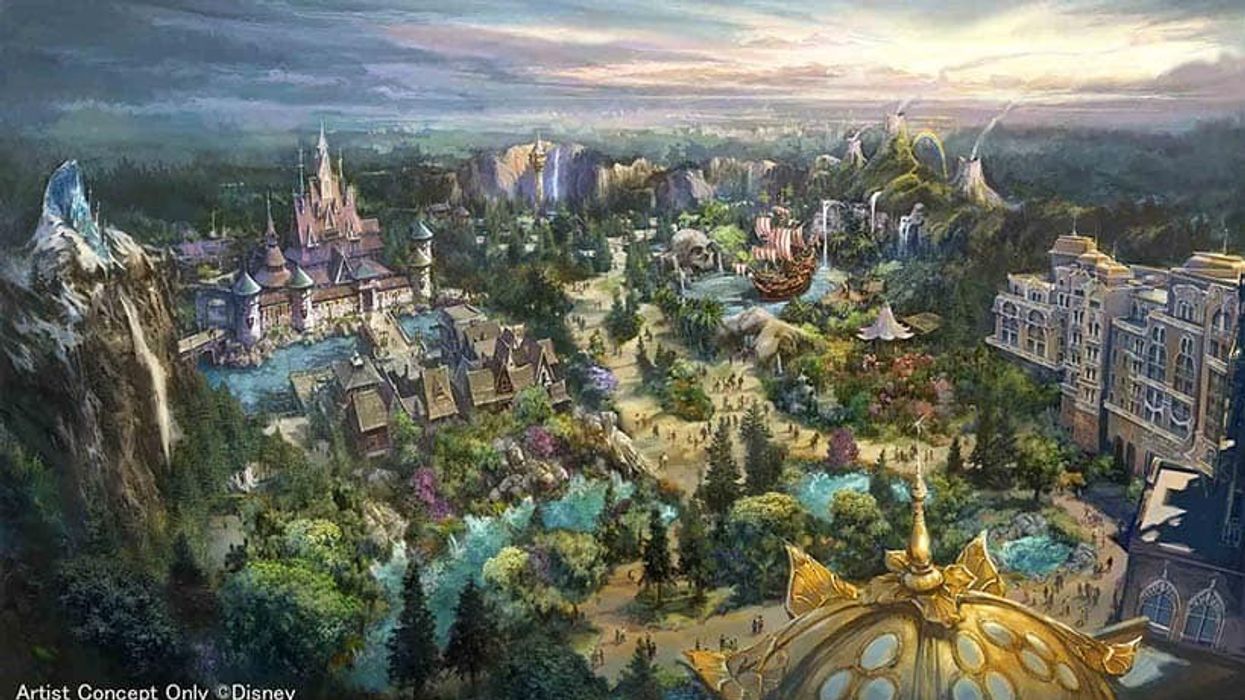

 TM Lim and Adam Wales
TM Lim and Adam Wales



 Toby Harris
Toby Harris Hijingo
Hijingo Flight Club, Washington D.C.
Flight Club, Washington D.C.
 Flight Club Philadelphia
Flight Club Philadelphia Flight Club Philadelphia
Flight Club Philadelphia Bounce
Bounce Hijingo
Hijingo Bounce
Bounce
 Fernando Eiroa
Fernando Eiroa











 Nickelodeon Land at Parque de Atracciones de Madrid
Nickelodeon Land at Parque de Atracciones de Madrid Raging Waters
Raging Waters  Mirabilandia's iSpeed coaster
Mirabilandia's iSpeed coaster Parque de Atracciones de Madrid
Parque de Atracciones de Madrid Ferracci at the ribbon-cutting ceremony for Nickelodeon Land at Mirabilandia, with (left) Marie Marks, senior VP of global experiences for Paramount and (cutting the ribbon) Sabrina Mangina, GM at Mirabilandia
Ferracci at the ribbon-cutting ceremony for Nickelodeon Land at Mirabilandia, with (left) Marie Marks, senior VP of global experiences for Paramount and (cutting the ribbon) Sabrina Mangina, GM at Mirabilandia Tropical Islands OHANA hotel
Tropical Islands OHANA hotel Elephants at Blackpool Zoo
Elephants at Blackpool Zoo  Tusenfryd
Tusenfryd